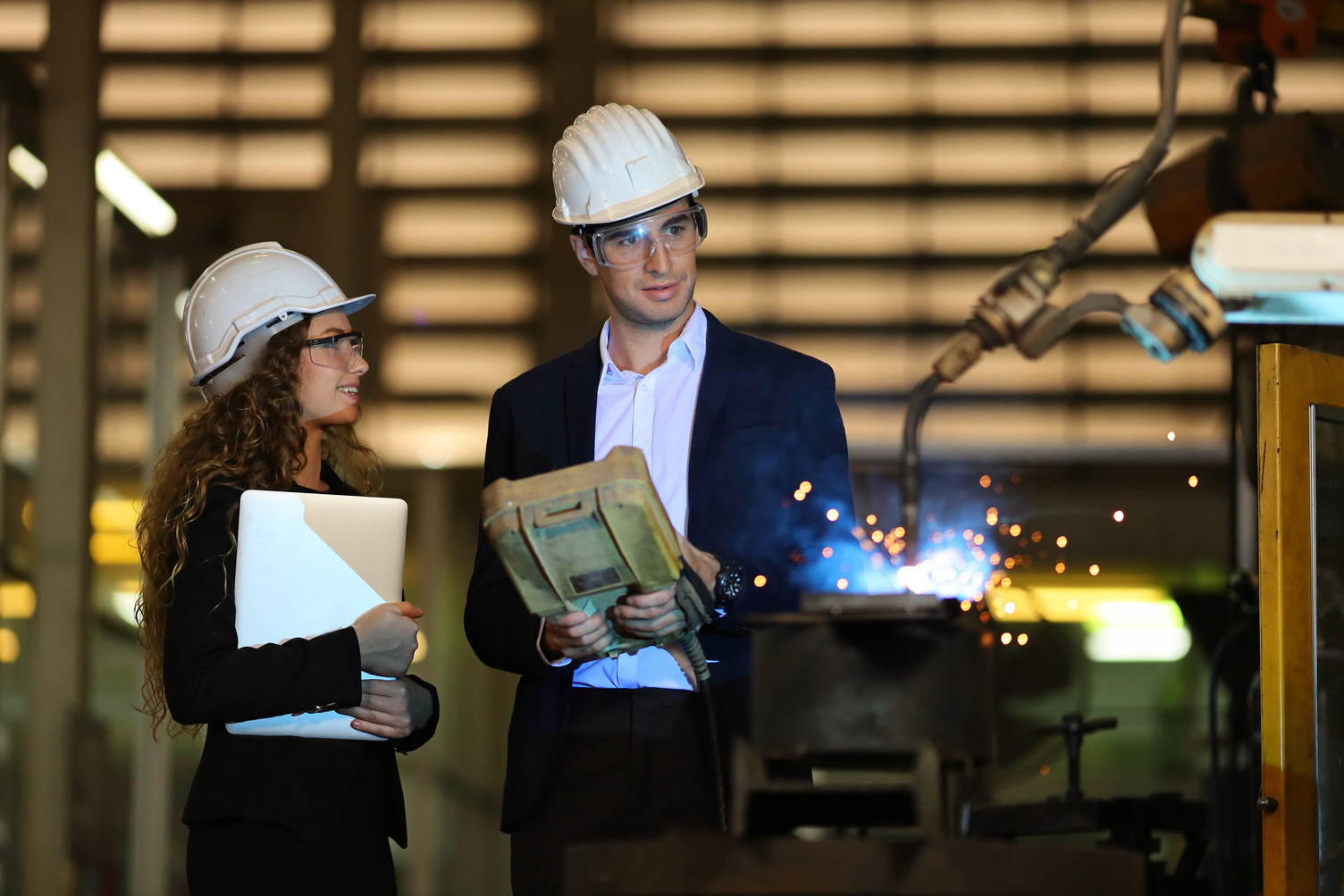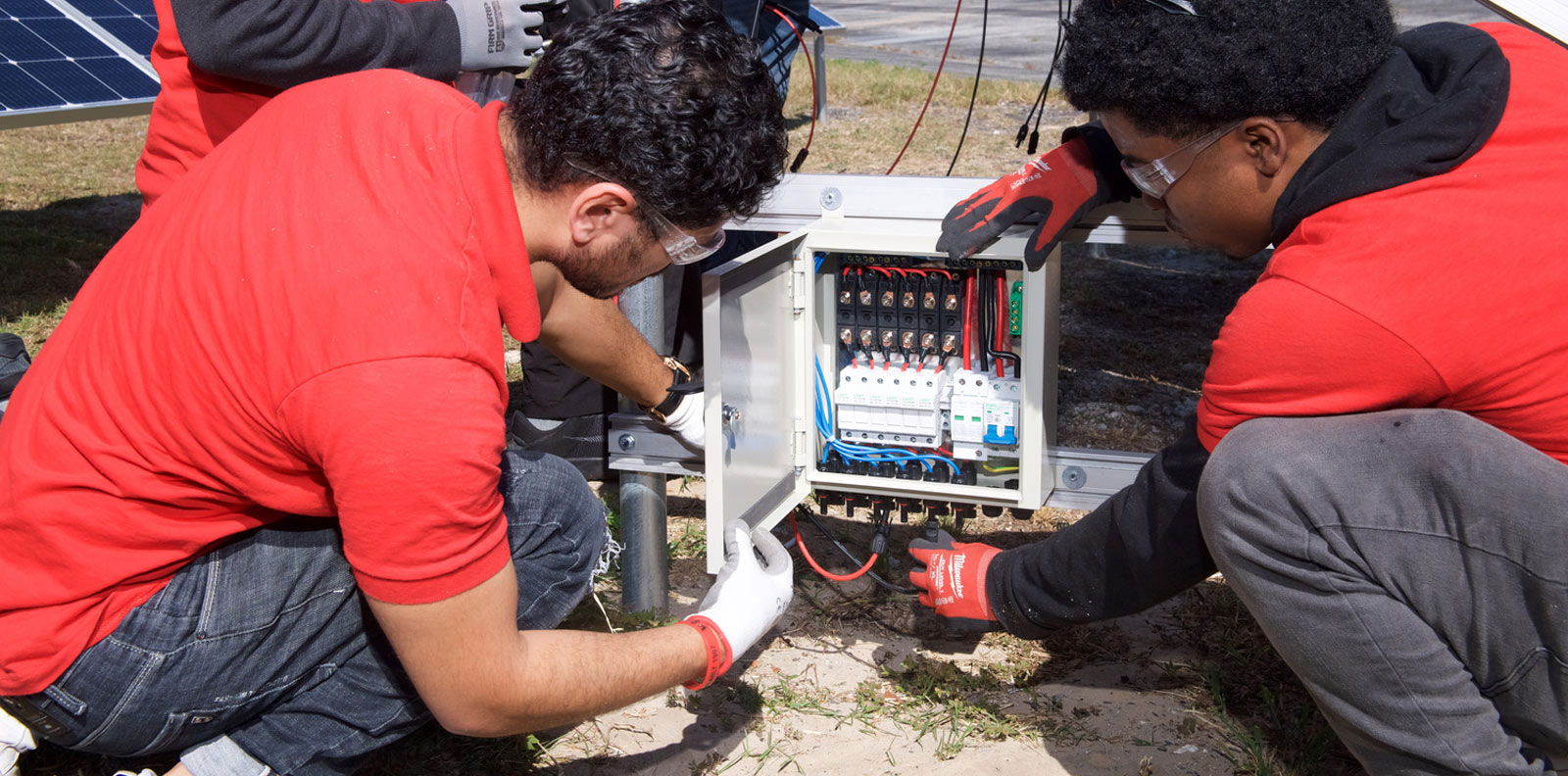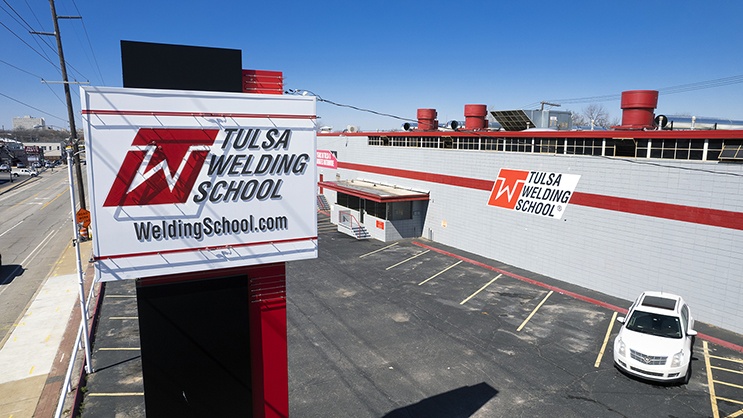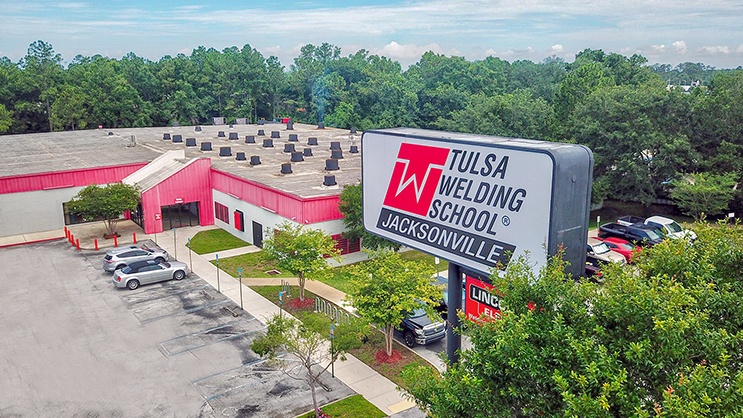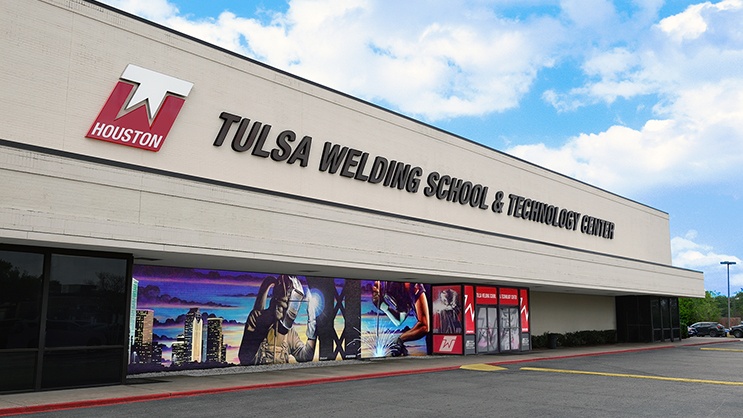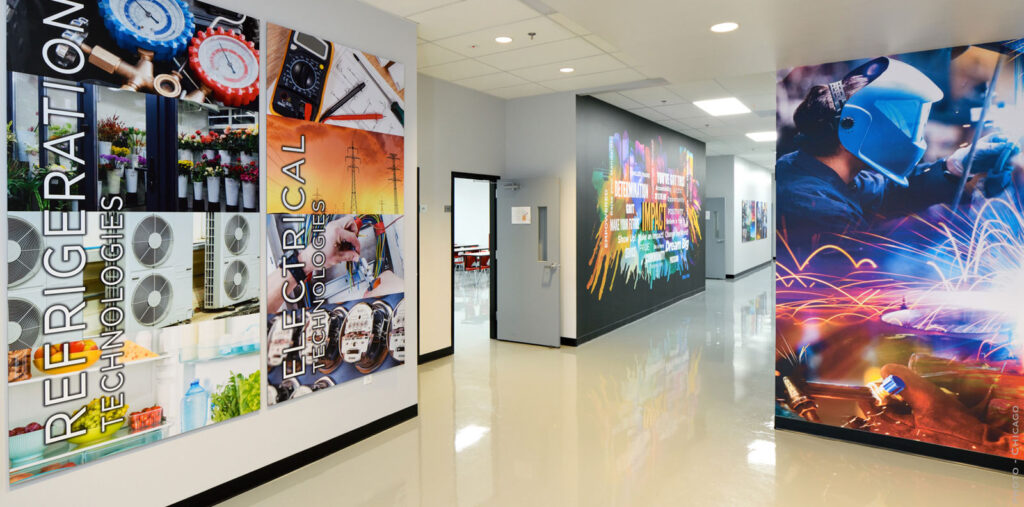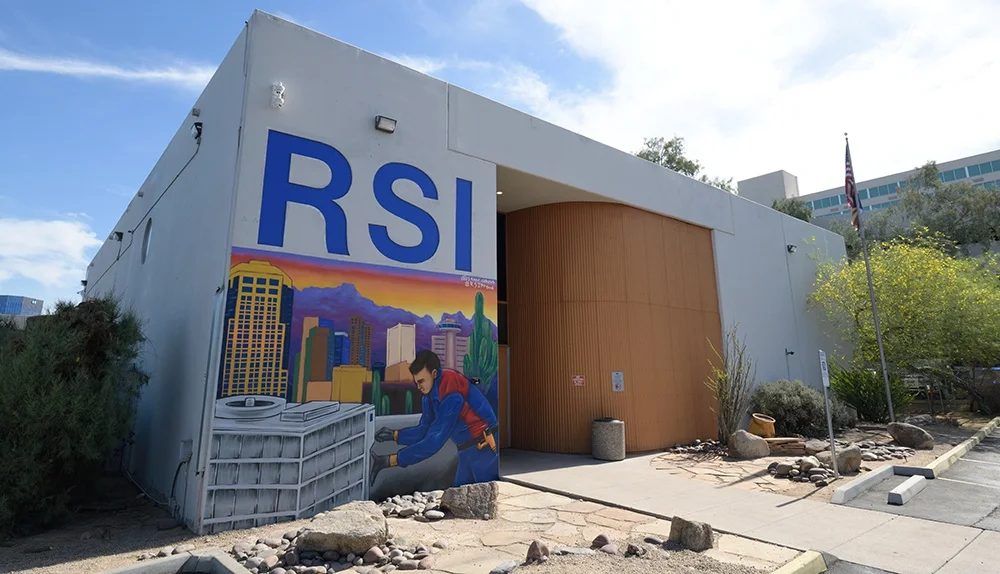TWS is a Great Training Option for Everyone
Learn more about how we can prepare you to advance your career.
The welding industry has long relied on skilled professionals to build, repair, and maintain the structures that shape our world. From bridges and pipelines to automobiles and aircraft, welding is everywhere. As technology advances, robotics and automation are playing a larger role in modern welding. These innovations improve efficiency and consistency, but they also change how welders prepare for the field.
This article explores modern welding trends, the growing use of welding robots, and how automation is shaping the trade. It also highlights how training at Tulsa Welding School (TWS) can prepare students for careers in an industry that balances advanced technology with hands-on skill.
Modern Welding: Tradition Meets Technology
Modern welding blends time tested techniques with new technologies. While traditional stick, MIG, and TIG welding processes remain central, the rise of computer controlled machines has changed how industries approach large scale welding projects.
Some notable features of modern welding include:
Have You Considered a Career in the Skilled Trades?
Fill out the form to recieve a no obligation info packet.
- Greater precision through automation and robotics.
- Improved safety with advanced fume extraction systems.
- Increased efficiency in production lines, particularly in automotive and aerospace sectors.
Even as machines take on repetitive tasks, skilled welders remain vital. They set up equipment, inspect quality, and handle complex welds that require a trained eye and steady hand.
Robotic Welding: Machines on the Job
Robotic welding refers to the use of programmable machines to perform welding tasks. These machines are often equipped with sensors, cameras, and advanced software that guide their movements with incredible accuracy.
Industries use robotic welding because it:
- Produces consistent, repeatable welds.
- Increases production speed.
- Reduces exposure of workers to fumes and heat.
- Allows companies to handle large production volumes efficiently.
While welding robots are efficient, they cannot replace human judgment. Complex projects, custom fabrication, and inspection still require skilled welders.
Welding Robots in Action: Where They’re Used
Welding robots are most common in industries where high volume production is needed. Examples include:
- Automotive Manufacturing: Robotic arms weld car frames and components quickly and accurately.
- Aerospace: Precision welding robots assist in fabricating parts where safety and consistency are vital.
- Shipbuilding: Automated welding systems help complete large, repetitive welds on hulls and decks.
- Pipeline Construction: Robots perform long, continuous welds in environments that may be hazardous for workers.
These machines are tools, not replacements. Skilled welders program, monitor, and maintain welding robots to keep production lines running smoothly.
Welding Automation: Shaping the Future of the Trade
Welding automation is more than just robotic arms. It includes computer controlled machines, advanced welding power supplies, and integrated software that oversees the entire welding process.
Benefits of welding automation include:
- Consistent quality with less variability.
- Lower material waste through precise control.
- Reduced labor strain on repetitive or hazardous tasks.
However, automation also means welders must develop broader skill sets. Modern welders benefit from understanding both traditional welding techniques and the operation of automated systems.
Training for the Future: Professional Welder Program at Tulsa Welding School
Technology may shape the future of welding, but skilled professionals remain at the heart of the trade. At Tulsa Welding School, students train to meet industry demands with a balance of hands-on learning and preparation for certification tests.
Professional Welder Training Program
In the TWS Professional Welder training program, students learn in interactive workshop courses and welding booths designed to replicate real working conditions. Over the course of about seven months, students are trained in:
- Structural welding for construction and manufacturing.
- Fluxcore welding for heavy duty applications.
- Pipe welding for pipelines and industrial projects.
Graduates are prepared to succeed in job interviews and weld tests for various welding certifications, making them ready for opportunities across industries.
Why This Matters
Even as welding automation expands, employers need welders who can adapt. Skilled professionals program and oversee welding robots, perform custom work, and handle projects that machines cannot. By starting with a solid foundation in traditional welding, students at TWS position themselves to succeed in an industry that combines advanced technology with craftsmanship.
To learn more about our trade school programs, contact us today or call (214) 227-9911.
